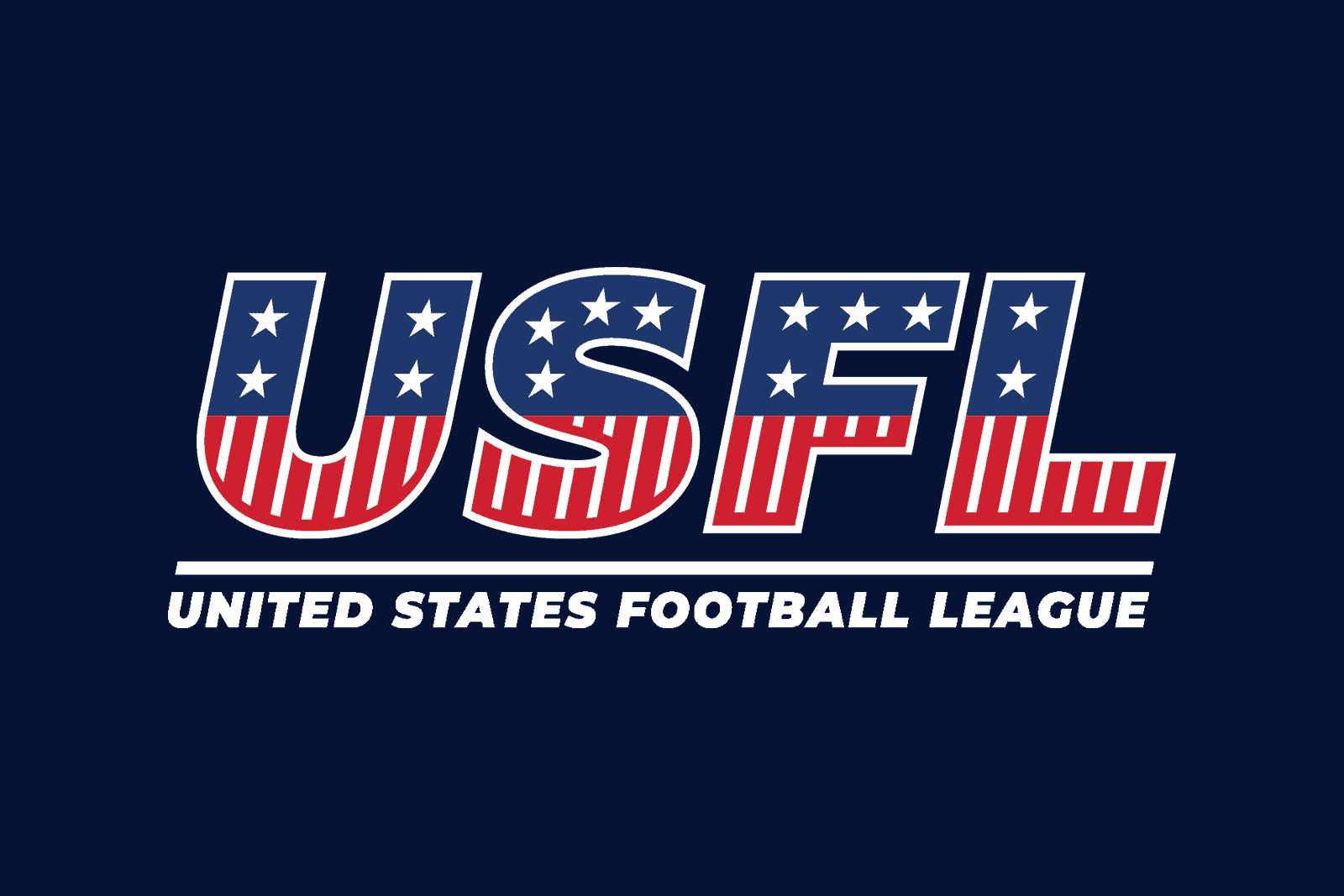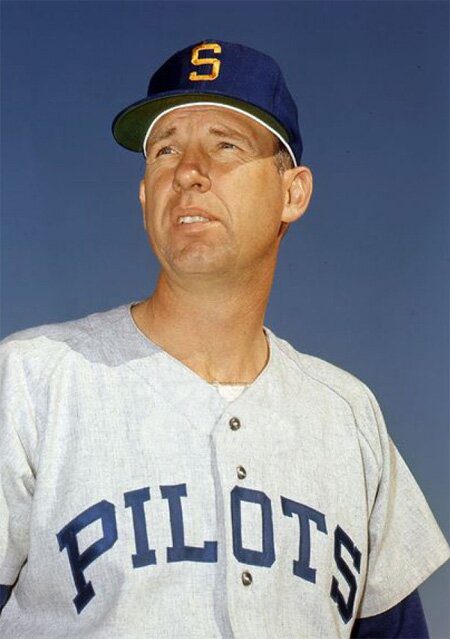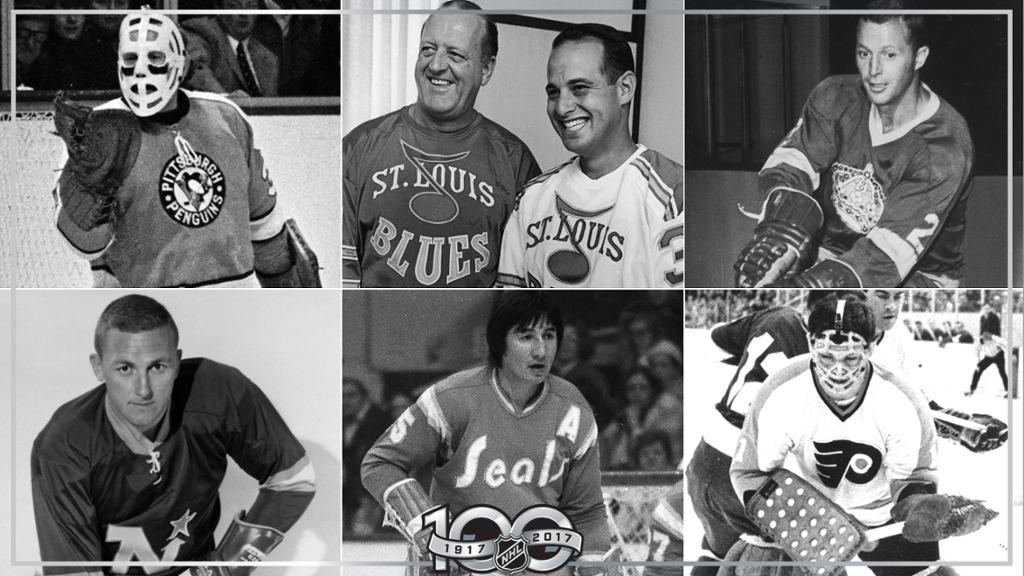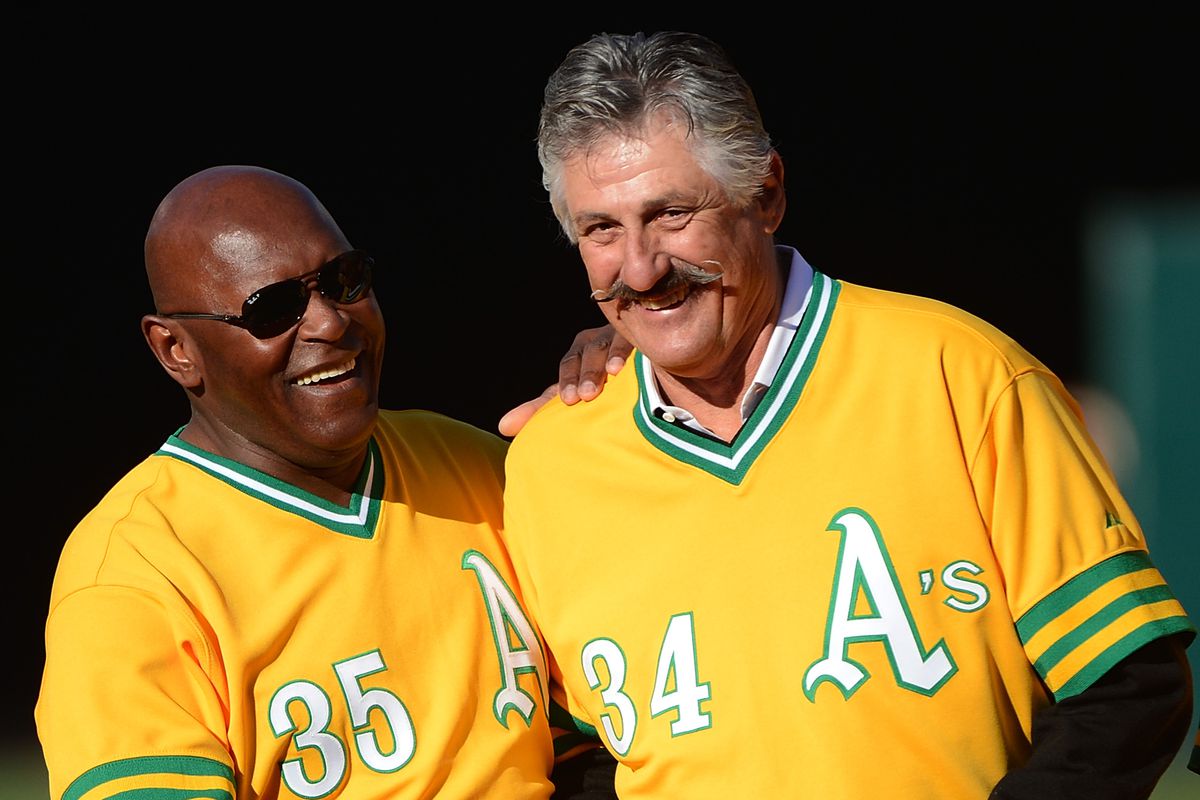An expansion team is a brand new team in a sports league, usually from a city that has not hosted a team in that league before, and formed to satisfy the demand for a local team by a growing population in a new area.
After finishing 2-12 in 1961—their second year of existence—the owners of the American Football League’s Oakland Raiders decided to sell the team to New Orleans businessman David Dixon for $ 236,000 to become the New Orleans Raiders. John C. Houlihan, a convicted felon and mayor of Oakland, intervened and assembled a group that kept the team in Oakland. Dixon, a Tulane University alum, was committed to bringing a team to his city and, in 1962, created the New Orleans Professional Football Club to start lobbying the AFL and NFL for a franchise. Dixon persuaded the AFL to play its 1965 All-Star Game in New Orleans. When black players were not permitted to stay with their white teammates at the team hotel in the French Quarter, the AFL moved the game to Houston, creating a setback for Dixon and the city of New Orleans. Dixon then proposed a new league—the United States Football League—that would play its games in the spring. Having successfully warded off the All-American Football Conference [Daily Dose, 9/6/16] in 1950, and having recently announced a merger with the upstart AFL [Daily Dose, 8/2/16], the NFL was fearful of a new league. On November 1, 1966—All Saints Day in the Catholic Church–NFL Commissioner Pete Rozelle [Daily Dose, 3/1/16] announced the league was awarding its 16th franchise to New Orleans, prompting the New Orleans States-Item to run the headline, “N.O. Goes Pro!” in that day’s paper. Eight days later, New Orleans voters approved funding to build a new domed stadium downtown.
Dixon—who later founded World Championship Tennis and the USFL—became part owner of the Saints, whose majority owner, John W. Mecom, was a Louisiana oilman. Trumpeter Al Hirt, the “Round Mound of Sound” and a New Orleans native, was made a part owner, and his rendition of When the Saints Go Marching In became the team’s official fight song. Mecom wanted the Saints to use “Mecom Blue,” a medium shade of the color used by all his other investments, for the team color, but the NFL disallowed it, believing the color too closely resembled that of the San Diego Chargers. As a nod to his income source—the petroleum industry—Mecom settled on black and gold as team colors, as “black gold” is the nickname for oil. The fleur-de-lis [French for “flower lily” ] was chosen as the team logo, as many Catholic saints are often depicted with the symbol, which is also the official symbol of the city of New Orleans, as well as the state of Louisiana. In addition, the fleur-de-lis represents the Cajun and Creole people, and their French heritage. Unlike today’s disturbing trend in college football of changing uniforms each week, the Saints logo and uniforms have remained basically the same since their debut in 1967.
In February 1967, the Saints selected 42 players in the expansion draft, including Paul Hornung, who set an NFL record in 1960 by scoring 176 points in only 12 games for the Green Bay Packers. After a neck injury curtailed his 1966 season, forcing Hornung to watch from the sidelines as the Packers won the first Super Bowl, he was one of 11 Packers left unprotected by Vince Lombardi in the expansion draft. New Orleans selected and signed Hornung to a hefty contract but the “Golden Boy” never played a down for the Saints, choosing to retire in July 1967 rather than risk permanent injury. The Saints selected Billy Kilmer, who became their starting quarterback and later led the Washington Redskins to the 1972 NFC title [Daily Dose, 8/23/16] and obtained Indiana University’s Dave Whitsell from the Chicago Bears. After intercepting a league-leading ten passes [still a team record] in the Saints’ inaugural season, Whitsell was named to the 1967 Pro Bowl team, becoming the franchise’s first all-star.
The 1967 AFL-NFL Draft was held in New York City in March. The Saints traded the first pick of the draft to the Baltimore Colts in exchange for Gary Cuazzo, a journeyman quarterback who split time with Kilmer. The Colts used the pick to select Bubba Smith, a defensive end from Michigan State who went on to become a first team All-Pro. New Orleans then used their first pick—26th overall and last of the first round—to select Leslie Kelly, a running back from Alabama, who never started a game and was out of the league in three years. One spot later, they took Bo Burris, a quarterback out of Houston whom the Saints converted to defensive back. Like Kelly, Burris was out of football by 1969. In the 17th round, New Orleans drafted Danny Abramowicz, a slow-footed, sure-handed receiver out of Cincinnati’s Xavier University. Abramowicz cracked the starting lineup in Week Seven and caught a dozen passes for 156 yards. He went on to lead the team in receptions and scored six touchdowns on the season, one of which covered 80 yards. Abramowicz became a star, going on to catch at least one pass in an NFL-record 105 consecutive games and surpassing the mark of the great Lance Alworth [Daily Dose, 4/28/16]. In 1988, Danny Abramowicz was inducted into the New Orleans Saints Hall of Fame.
Fullback Jim Taylor was the first NFL player to rush for over 1,000 yards in five straight seasons. Along with Hornung, he was part of the Green Bay Packer backfield that won four NFL titles in six years. A Louisiana native and All-American at LSU, Taylor signed a ten-year, $ 400,000 contract with the Saints in July 1967. After gaining 390 yards and scoring two touchdowns in the Saints’ inaugural year, he retired from football after just one season in New Orleans. Ten days after signing Taylor, New Orleans obtained eight-time Pro Bowler Doug Atkins from the Chicago Bears. Atkins, who was later elected to the Pro Football Hall of Fame, made second team All-Pro for New Orleans in 1968. He retired following the 1969 season. Taylor and Atkins are the only two players in New Orleans Saints history to have their numbers retired.
After going 5-1 in the preseason, the Saints opened the 1967 regular season at Tulane Stadium, which would be their home until the Louisiana Superdome opened in 1975. Led by rookie head coach Tom Fears, the first of 16 head coaches in franchise history, the Saints elected to receive the football after winning the coin-toss. On the first play in franchise history, John Gilliam returned the opening kickoff 94 yards for a touchdown, but the Saints lost to the Los Angeles Rams, 27-13. New Orleans lost their first seven games before beating Philadelphia 31-24, in early November when wide receiver “Flea” Roberts caught three touchdown passes. Three weeks later, a Tulane Stadium-record crowd of 83,437 saw the Saints down the Falcons by a field goal on Thanksgiving Weekend. New Orleans finished the season in Washington, where they beat the Redskins 30-14. In their first year of existence, the New Orleans Saints finished the 1967 season 3-11, setting an NFL record for most wins by an expansion team. Their offense ranked 12th in the league while the defense ranked 13th, and the club finished in last place in the NFL’s four-team Capital Division.
Fifty years ago today, the NFL’s New Orleans football franchise announced that its fans had chosen the nickname “Saints” in a naming contest sponsored by the New Orleans States-Item newspaper.









